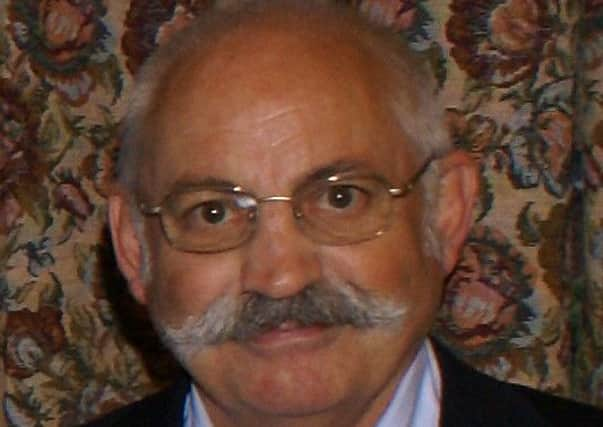Discover Northern Lincolnshire's aviation heritage at talk


The popular aviation heritage talk series is returning to the county as part of the Northern Lincolnshire Aviation Heritage Project.
Phil Bonner from Aviation Heritage Lincolnshire will be giving this first talk of the year on Friday February at 7pm at Hibaldstow Airfield.
Advertisement
Hide AdAdvertisement
Hide AdHe will bring back to life the history of Lincolnshire airfields in World War One.
Councillor Rob Waltham, cabinet member for tourism at North Lincolnshire Council, said: “The aviation heritage talks provide a brilliant insight into the Northern Lincolnshire and Lincolnshire aviation history. Our area has a strong aviation legacy that the Northern Lincolnshire Aviation Heritage project aims to raise awareness of and bring back to life.
“If you are an aviation enthusiast and interested in the history behind it, this talk is highly recommended. Make sure you don’t miss out and get your tickets from Brigg Tourist Information Centre or Waters’ Edge Visitor Centre.”
The Northern Lincolnshire Aviation Heritage project celebrates the wartime heritage of the area, linking it to airfields with sites further south in Lincolnshire and commemorating ‘Bomber County’.
Advertisement
Hide AdAdvertisement
Hide AdThere are eight World War Two airfields across Northern Lincolnshire from RAF Sandtoft in the west to RAF Grimsby to the east.
Each of these airfields played an important role during the war and has its own unique story to tell, like RAF Goxhill which was the first British Station given over to American control, or RAF Kirton-in-Lindsey, which was home to the famous Eagle Squadron.
The airfields that form part of the project are:
RAF Elsham Wolds
RAF Goxhill
RAF Grimsby
RAF Hibaldstow
RAF Kirmington
RAF Kirton in Lindsey
RAF North Killingholme
RAF Sandtoft
RAF Sandtoft opened in February 1944 as a satellite airfield to RAF Lindholme which was three miles to the west. Number 1 Group RAF Bomber Command based a number of aircraft here from the RAF 1667 Heavy Conversion Unit, including Handley Page Halifaxes from RAF Faldingworth and Avro Lancasters. In November 1944 the airfield transferred to No. 7 Group Bomber Command. The station closed on November 10, 1945.